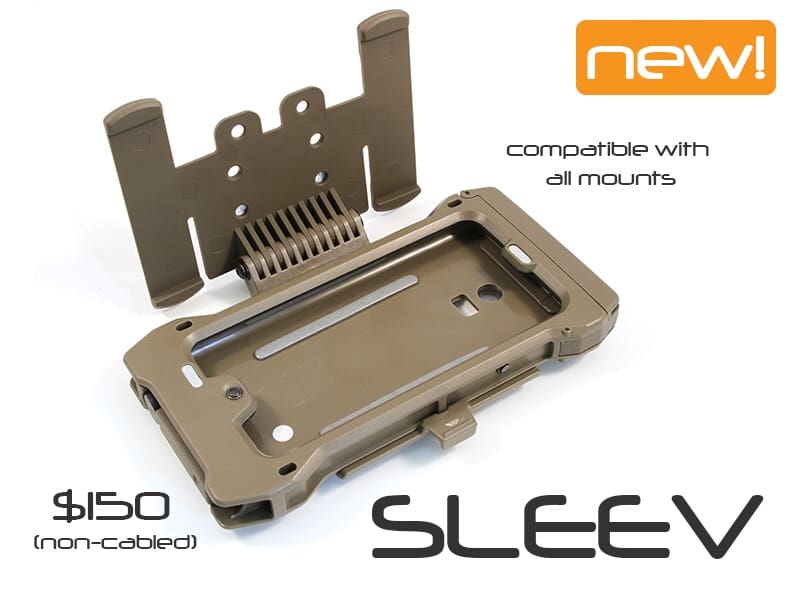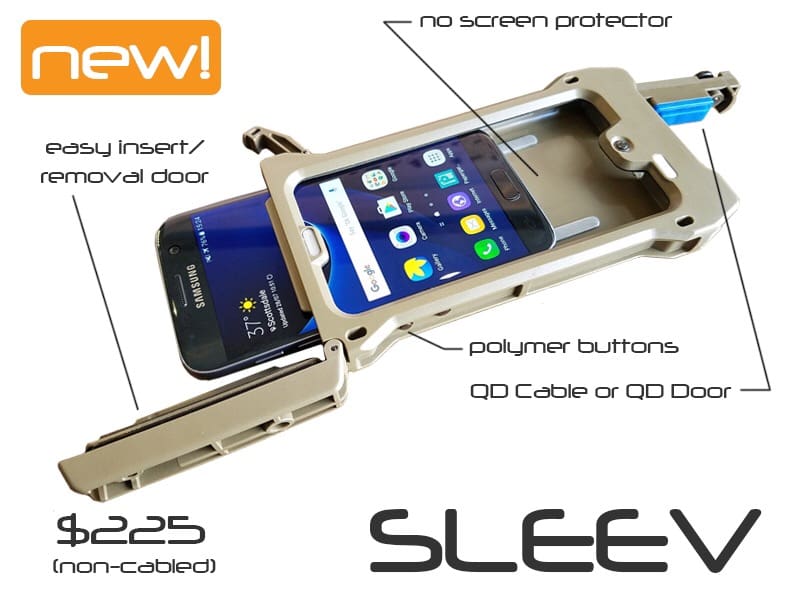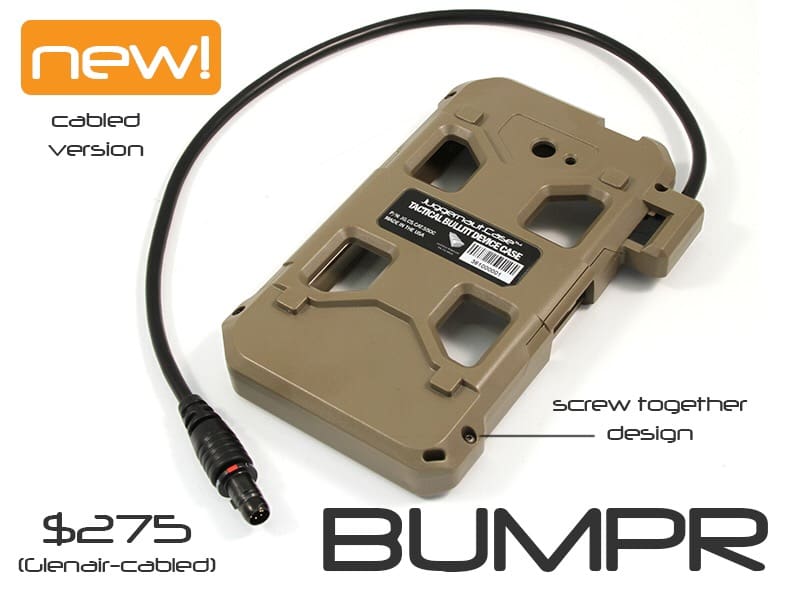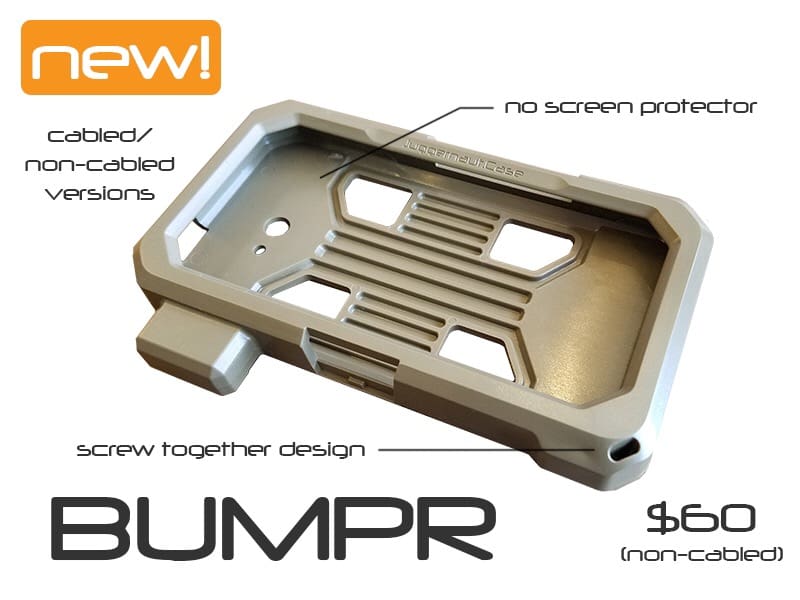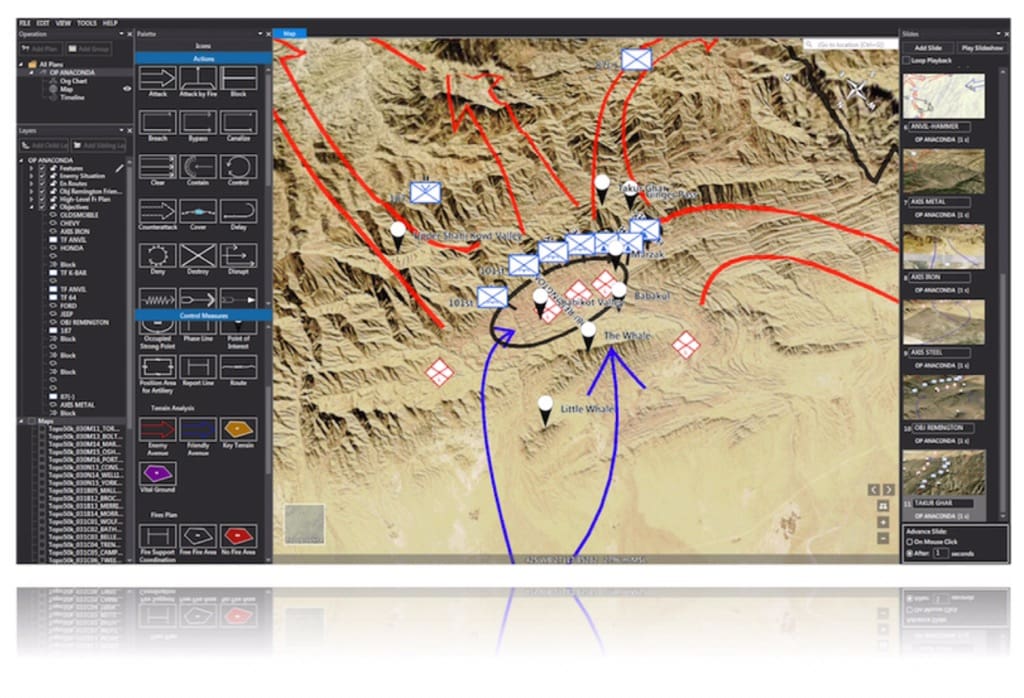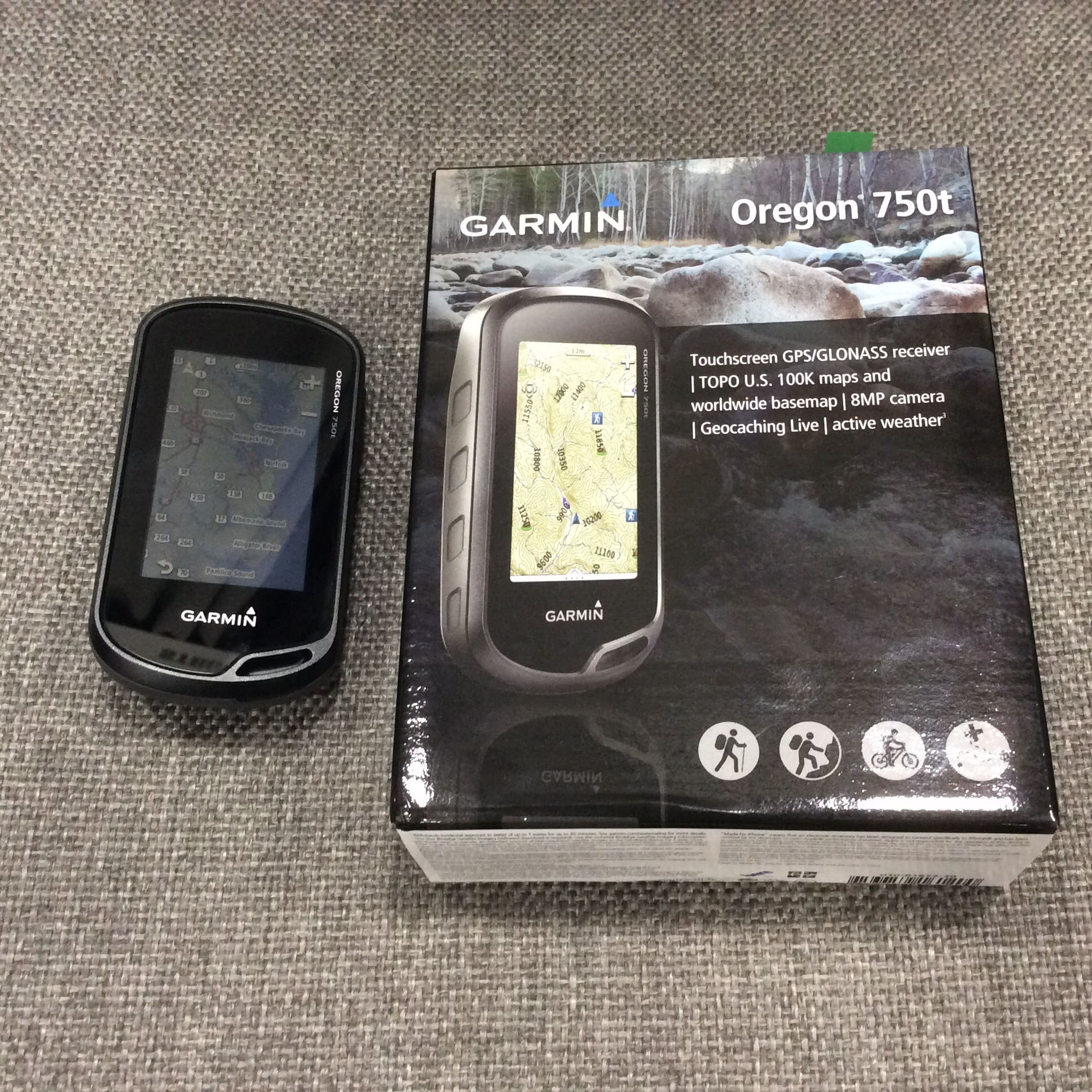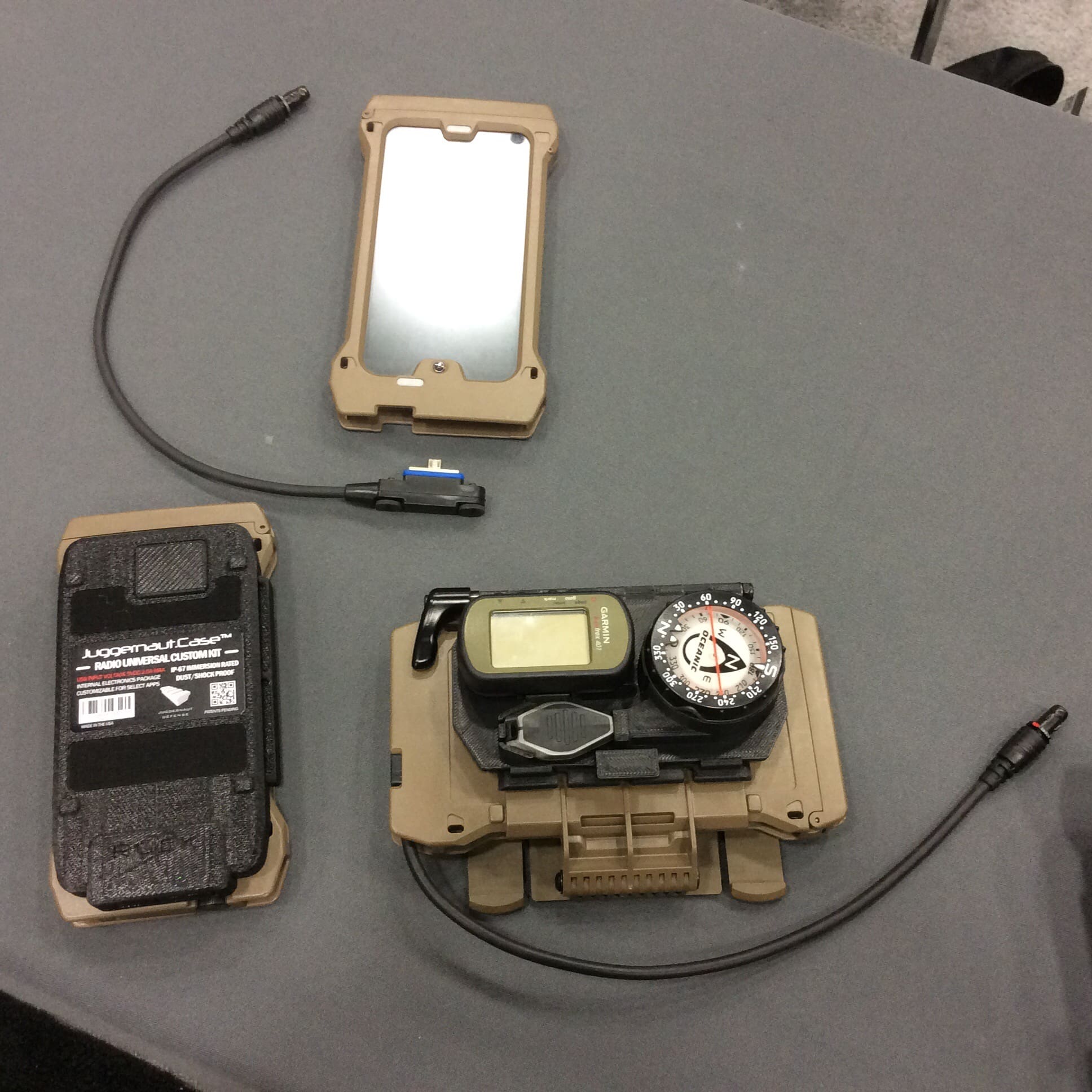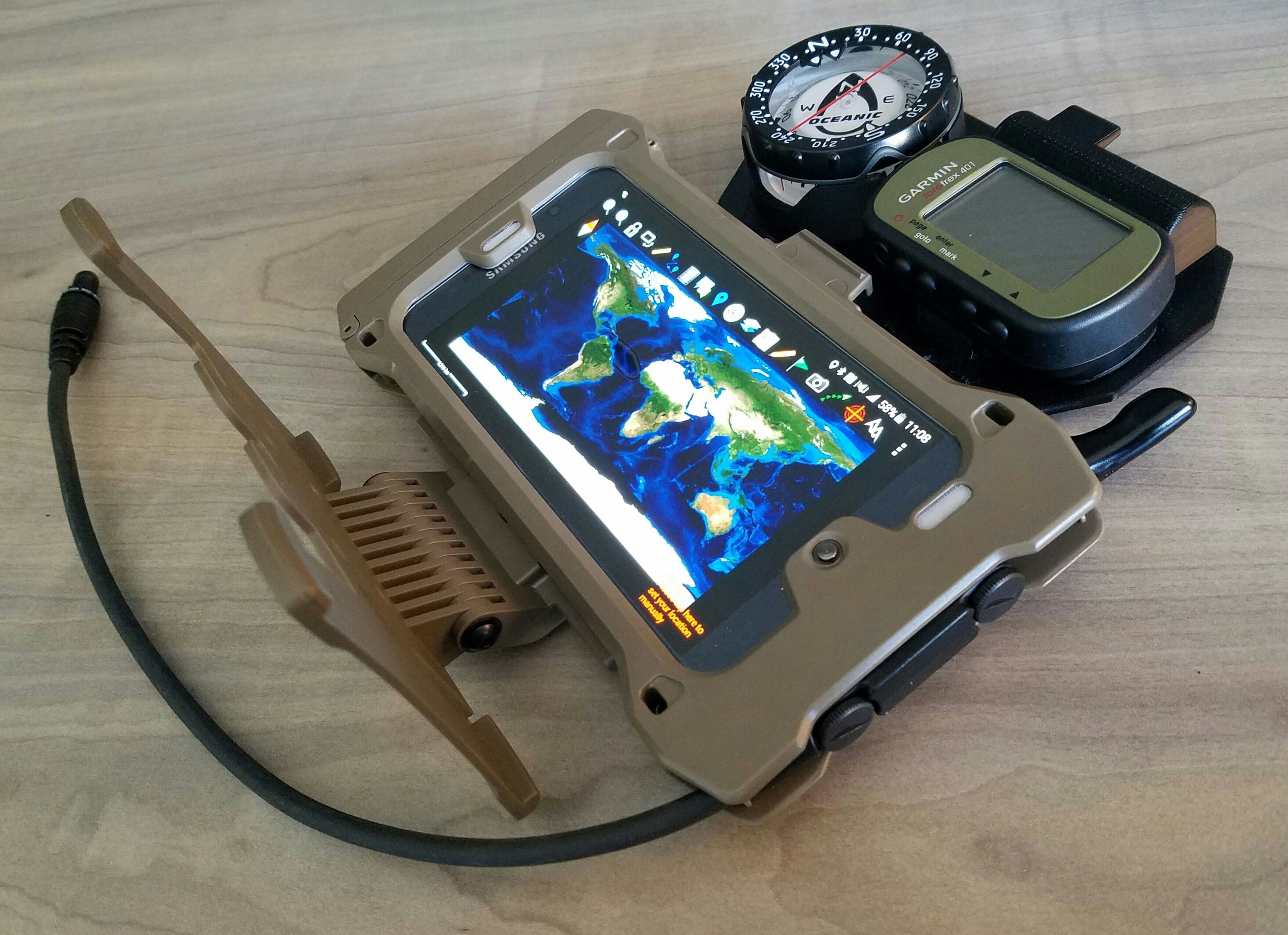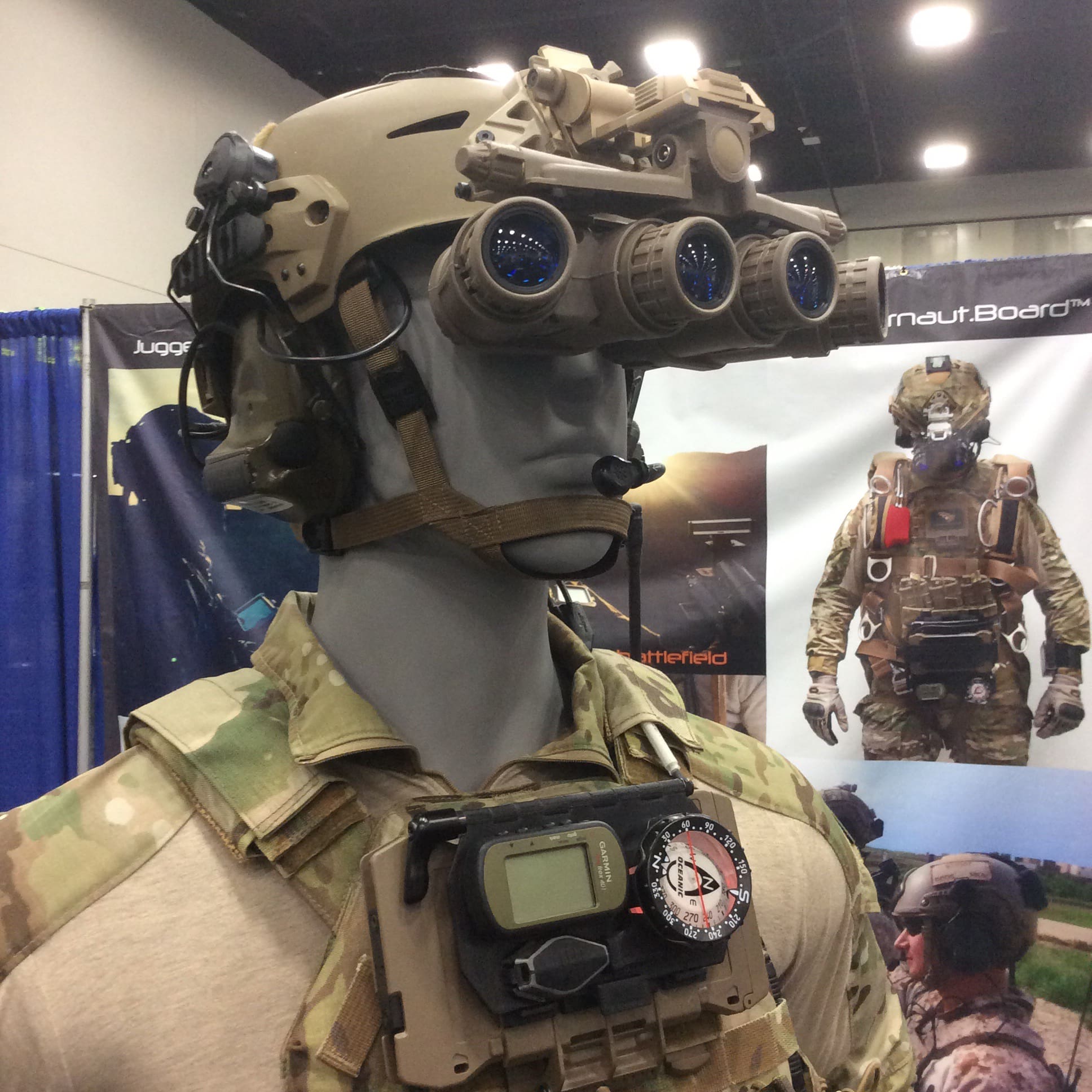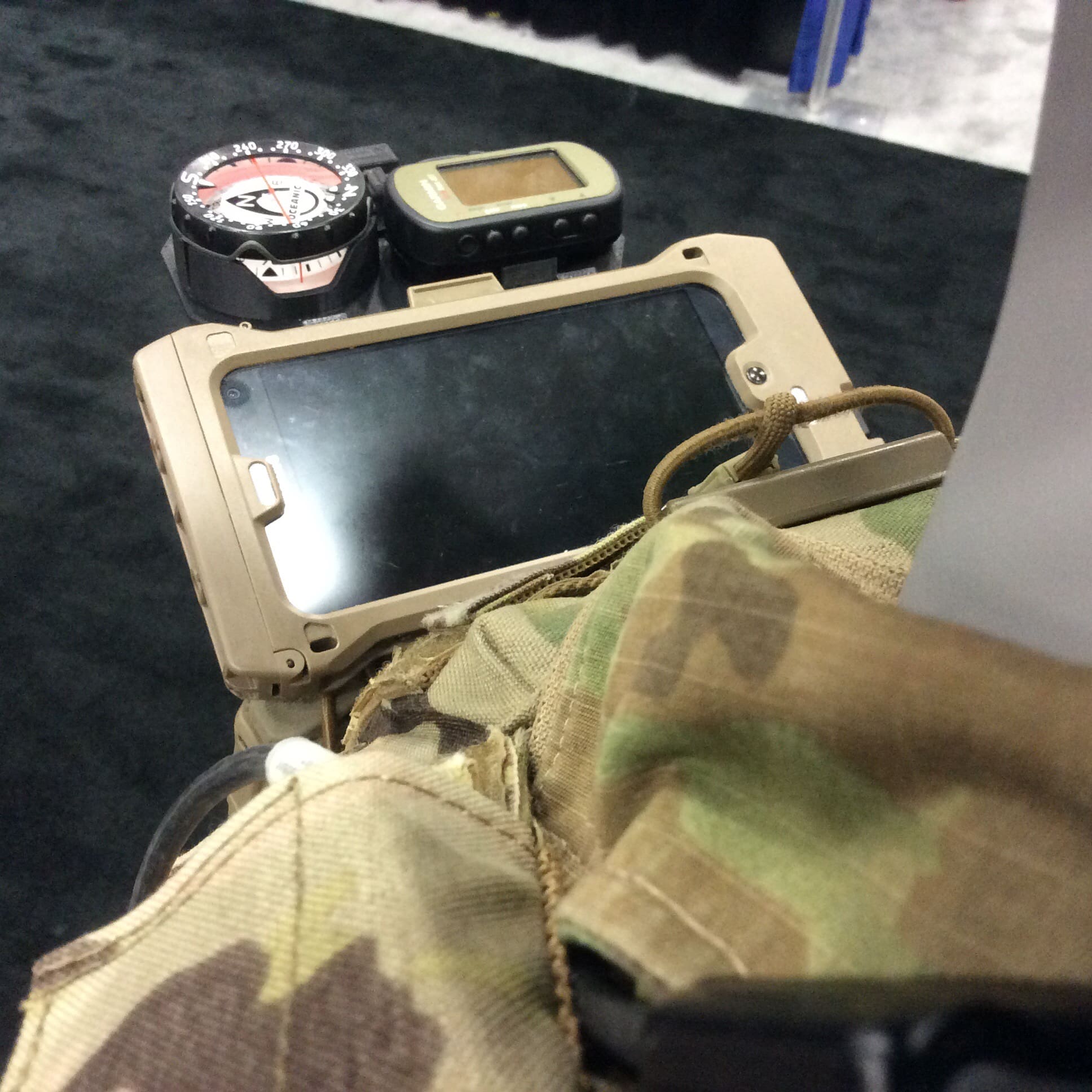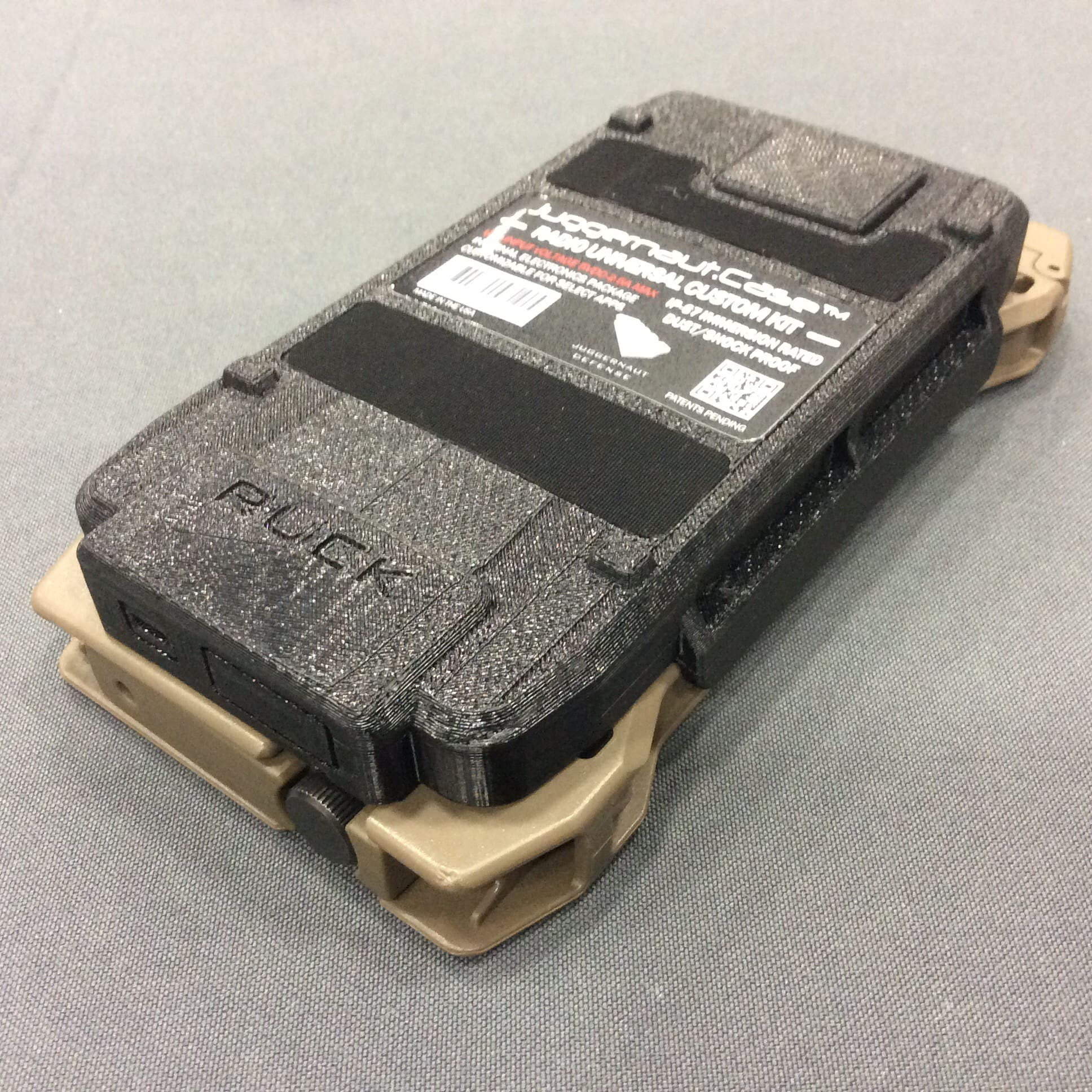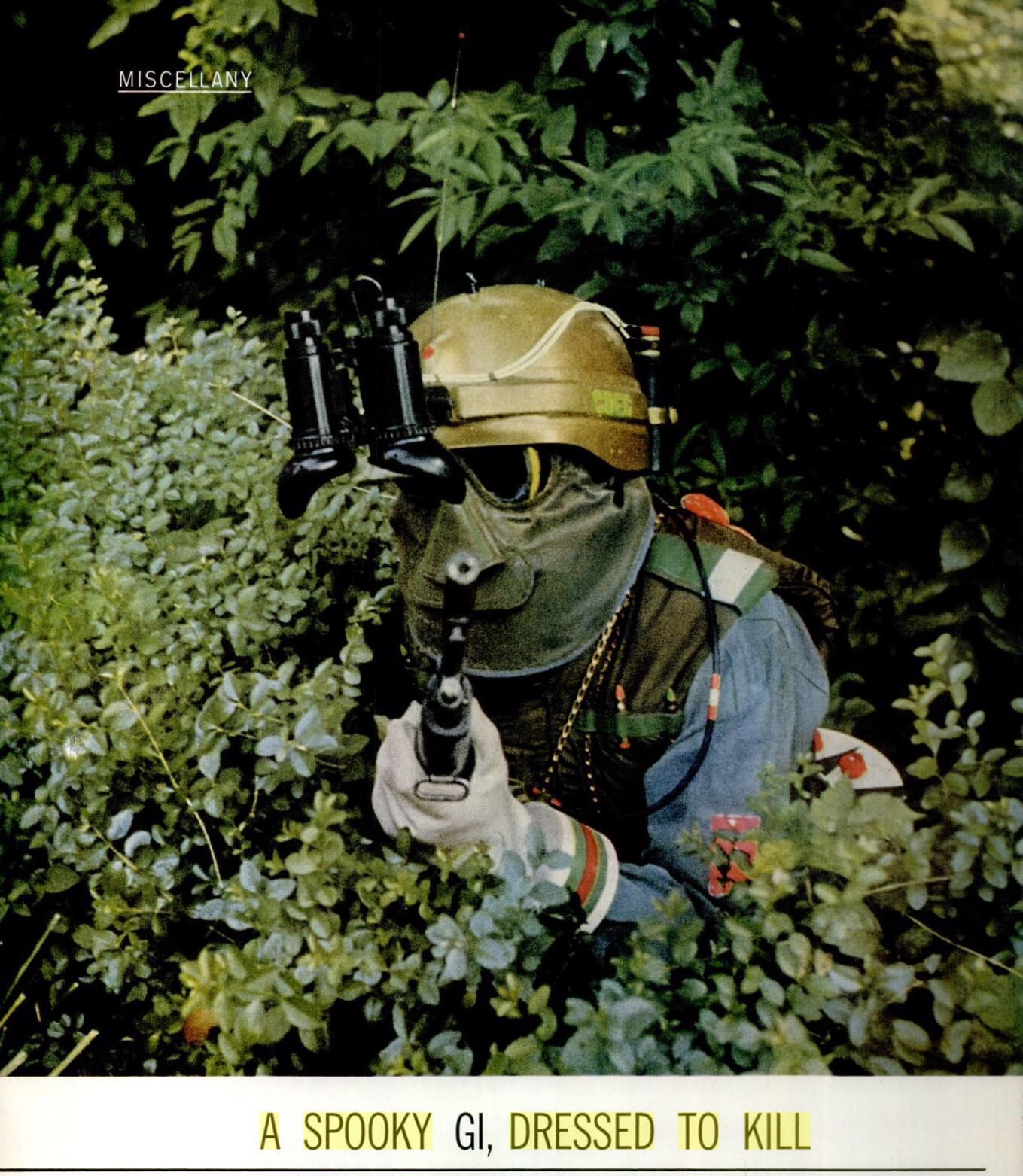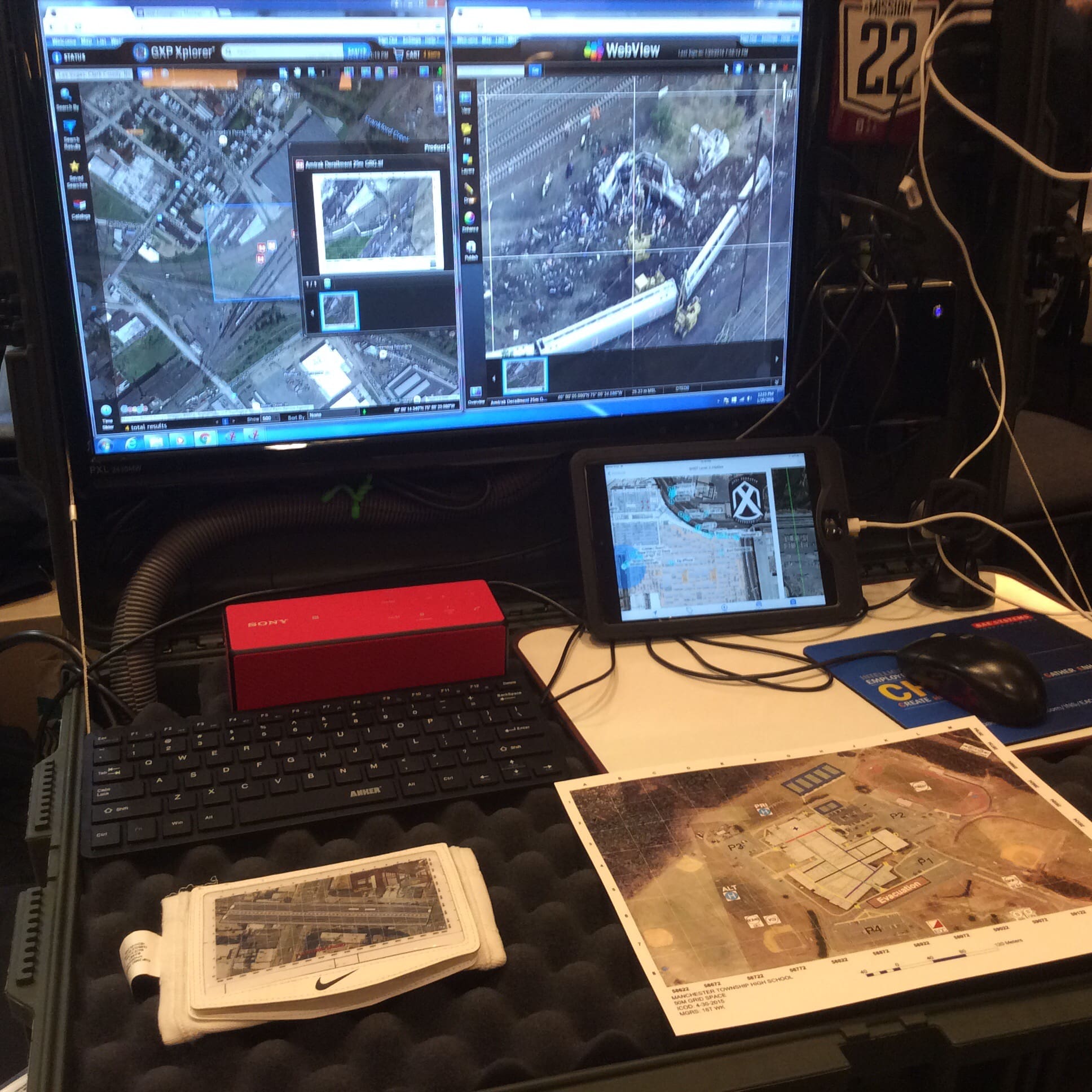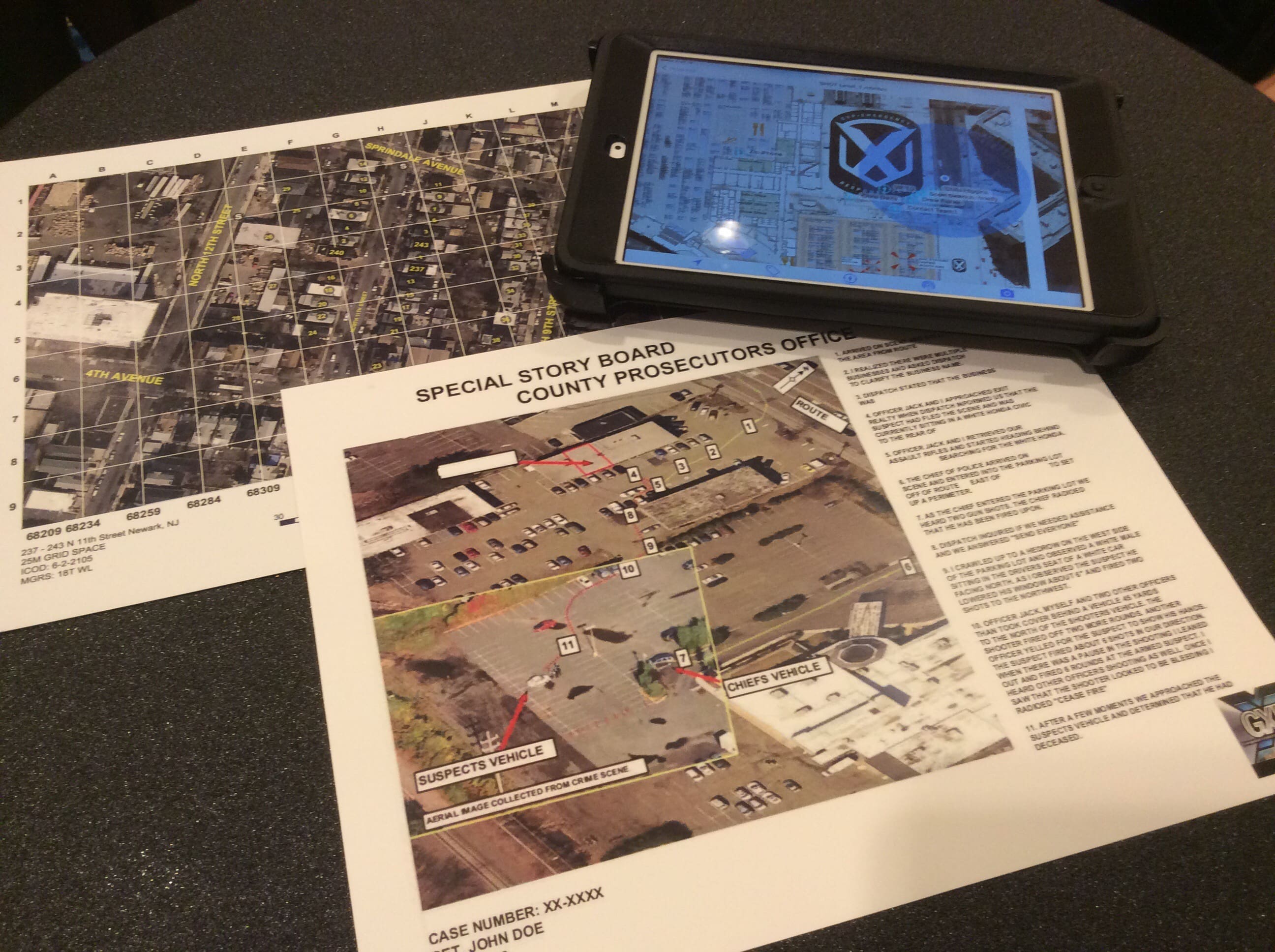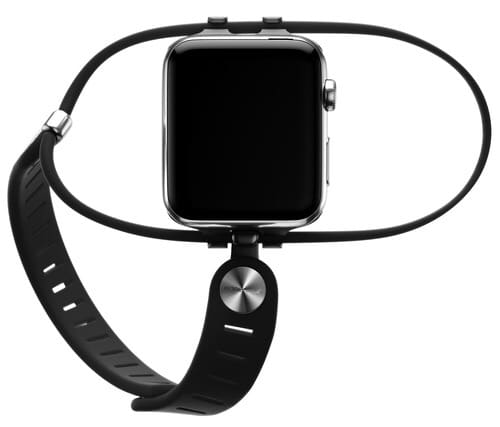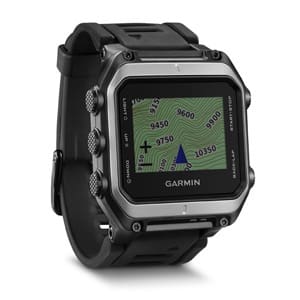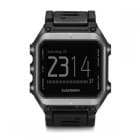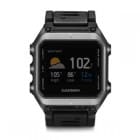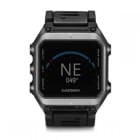For years guys have been telling me that they wished Juggernaut’s handheld device cases were more affordable. Now, they’ve leveraged everything they learned building the program-level cases in order to introduce streamlined variants that you can afford to buy out of your pocket. Check these out.
With more waterproof smartphones on the market, Juggernaut.Case™ introduces two new levels of protective cases evolved from our field-proven rugged hard case. The new cases are an affordable solution for users that don’t need all of the protection of the original Juggernaut.Case™ but still seek impact/drop protection in addition to full compatibility with all existing Juggernaut.Case™ mounts. The new cases are called the “SLEEV” and the “BUMPR”. Both are available with or without cables for connecting to Tactical Radios/Hubs.
While the SLEEV retains the capability to utilize the new QDD (quick disconnect DOOR) and the QD Cable assemblies via the two thumbscrews, the BUMPR is either Cabled or Non-Cabled with sealed access ports to the micro-USB connector and 3.5 mm audio jack. A new low-cost cable assembly for these cases that terminates in a standard USB-A connector allows unshielded data transfer and 5V power to the device from any portable external battery or car charger, etc.
For more information on these new cases visit: www.JuggernautCase.com or download the PDF file at: www.juggernautcase.com/PDF_Files/SLEEV_BUMPR_Release



